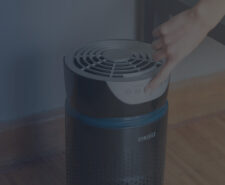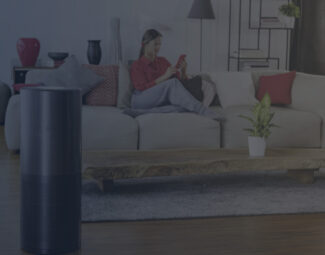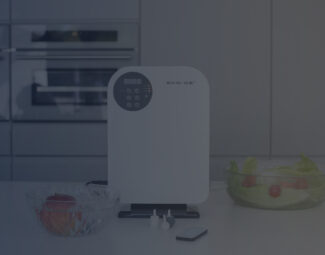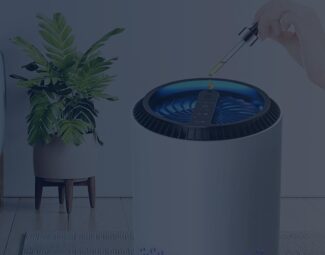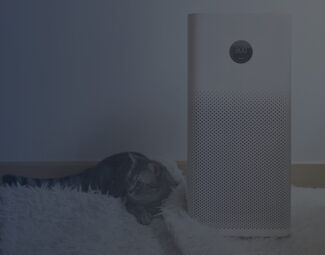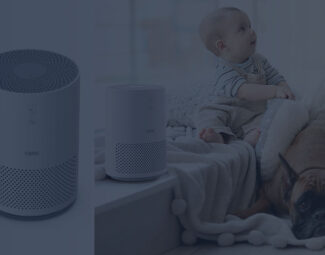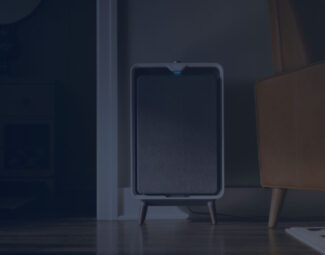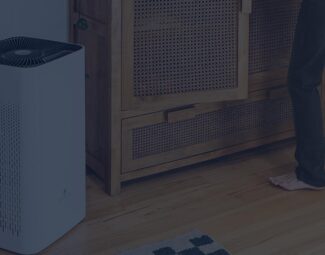T he promise of breathing only fresh, allergen-free air inside your house is tempting and now seems easier to accomplish than ever, as a new generation of air purification systems has taken over the market. The companies promise incredible results, speaking about these devices’ ability to filter ultrafines and kill bacteria. But do they do what they claim? Are all the models worth the money? And how much will it cost you to keep them working at their highest capacity? These are all questions we are going to try to answer in this article, so stay with us to find out if you should invest in an air purifier.

Woman Changing Setting on the Air Ionizer Purifier
How Different Types of Air Purifiers Work
The main purpose of an air filtering machine is to remove as many contaminants from the air as possible. However, some are more effective than others, and this derives from the means they use for this task. Different technologies can stand behind these devices, so it is important to understand how each of them works to see what they can eliminate:
#1. Air Ionizers
They are considered quite innovative, and the manufacturers usually claim that they can deal with particles as small as 0.1 microns. They work by releasing negative ions into the air, which travel through the room and encounter the positively-charged allergens. When this happens, the ions will stick to the floating particles and make them heavier. The final compound won’t be able to float anymore and will go down to the floor. This is how most car or plug-in models work, as it is more difficult for their size to use filters.
What you need to remember though with air ionizers is that the particles aren’t contained inside the unit, so the dust will just gather on the floor, furniture, and upholstery, and may become airborne again once you turn off the device.
#2. Ozone Generators
There is a controversy around these machines, namely if they are or aren’t safe to use. Before deciding, we shall present you with the way these machines work. They use electrical power and ceramic plates to produce ozone, which is a particular type of oxygen with 3 molecules instead of 2. Ozone is then released into the room and targets certain types of contaminants by breaking them apart through a process called oxidation.
We should stress the fact that ozone generators should run only when no one is in the room. Ozone is a dangerous gas indeed if inhaled in high quantities, but if you respect the manufacturer’s recommendations, the chances of inhaling it will be minimal. Nevertheless, these types of devices don’t act on allergens but are effective against odors and mold.
#3. UV Lamps
You can find this technology functioning on its own or as a part of a filtering system. UV lamps work by emitting ultraviolet radiation across the room. When the radiation affects microorganisms, it alters their DNA, making them unable to function anymore. They will either become inactive or will be destroyed.
UV light can affect human skin and eyes, so the lamp shouldn’t work continuously, but only for a few hours when there’s no one in the room. Moreover, you have probably noticed that these devices cannot target allergens on their own.
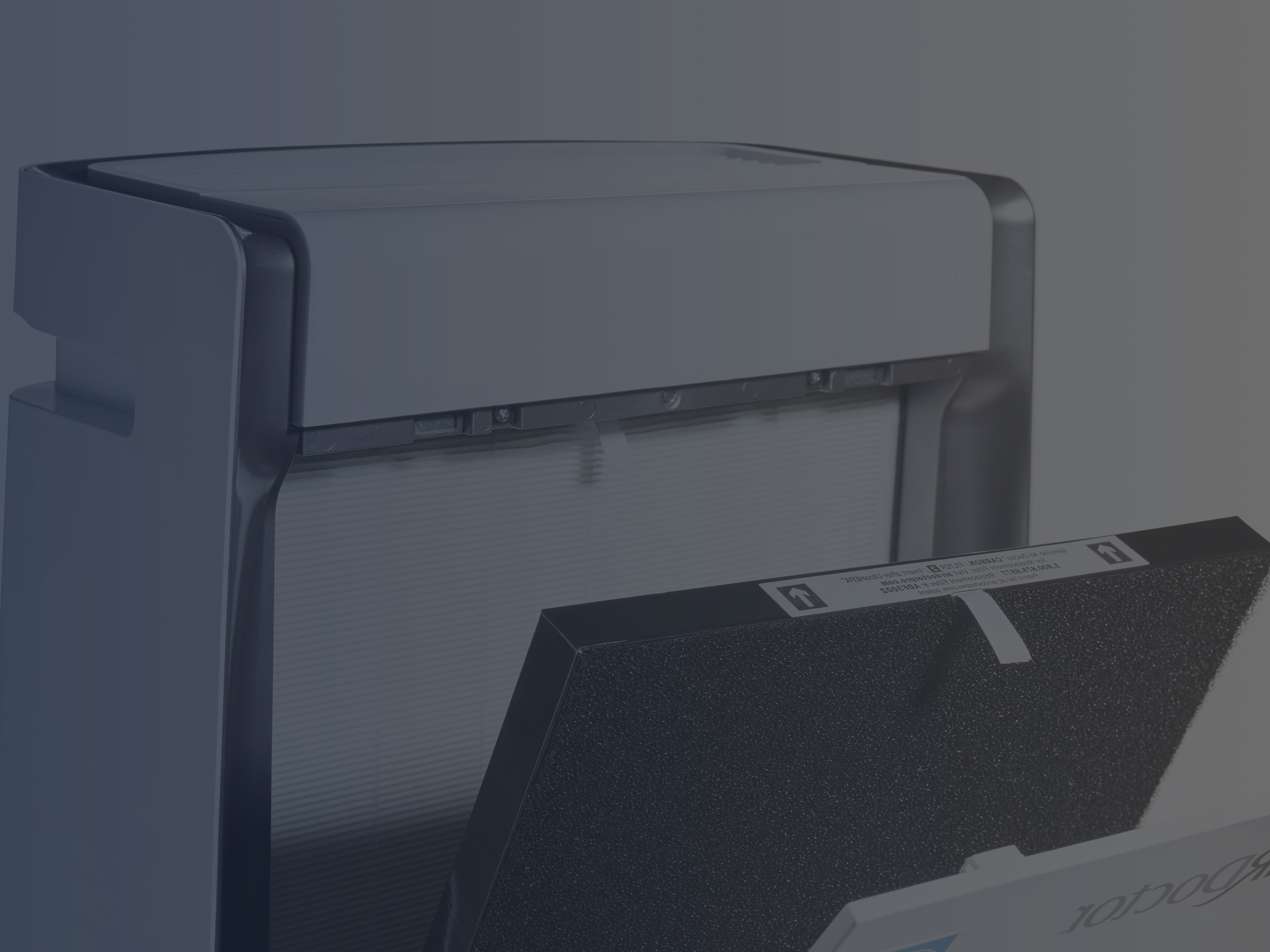
Air Purifier Filter Exposed
#4. Filter Air Purifiers
These models are considered the most effective on the market. No threat to health has been associated with them, and they can run continuously to maintain a clean environment. They use a system of filters, each designed to handle a certain task, and it isn’t uncommon for them to incorporate an ionizer and a UV lamp as well.
The mechanism is rather simple. The air is drawn inside the unit with the help of a fan. Here it goes through the filtering layers, which can vary from one only to six and more. It gets filtered and then spread around the room.
What is truly important when it comes to these devices is the main filter. You should always pick one that uses a True HEPA. Not a HEPA type or other options that may have not been evaluated and may not do what they claim.
What is a HEPA Filter?
This is the standard in the industry. HEPAs have a really tight weaving made of fibers (fiberglass in general) that is highly effective in filtering particles. In fact, they won’t let pass around 99.97% of airborne particles that have a diameter bigger than 0.3 microns. If we take into consideration that most particles in smoke measure around 2.5 microns, it is no wonder these models are used to filter it. Moreover, a particular type of HEPA, called HyperHepa, is available today, and it can remove ultrafines with a diameter down to 0.003 microns.
For more information and detailed explanations, feel free to check out our article about what HEPA filters are and how they work.
You should always pair a HEPA with an activated carbon filter, which acts as a barrier against other types of contaminants, including gaseous compounds, smoke, and odors.
What Types of Air Pollutants Can Air Purifiers Remove?
- Allergens - They are floating particles that can get inhaled and produce irritations in the breathing system. They affect people suffering from allergies or asthma sufferers and can cause symptoms like sneezing, coughs, itchy skin and eyes, congestion, or more aggravated breathing problems. They are represented by dust mites, pollen, and dander.
- Toxins - They are usually found in cleaning products or products designed for home renovation. The charcoal filter is in charge of neutralizing them through a process called adsorption.
- VOCs - Are released by smoking or home cleaning and renovation with supplies that contain them. Some VOCs are highly dangerous and it is recommended to eliminate them as soon as possible. Once again, the carbon filter is a must.
- Smoke - They are considered the most efficient means to get rid of smoke, although, in some cases, the smell will remain if it is trapped in curtains and upholstery.
- Bacteria and Germs - They must have a UV-light function in order to destroy microorganisms, but the models that come with one are highly effective.
Can an air purifier prevent the spreading of coronavirus?
With the new COVID pandemic, some companies started promoting their devices as able to fight the virus. But the truth is that it is unlikely they can live up to the expectations. A regular HEPA will filter only particles that have a diameter bigger than 0.3 microns, while viruses have a diameter smaller than 0.1 microns. While UV lamps are known to fight microorganisms, they don’t always destroy them, but inactivate them.
A solution could be a device with a HyperHepa filter which is known to remove particles as small as 0.003 microns, but it takes a while until the air is drawn through the filter, so if you find yourself in the room with a person who is infected, the device won’t protect you if he/she is speaking or coughing next to you.
In conclusion, it is better to be cautious and follow the recommendations of wearing a mask in closed spaces and washing your hands often with water and soap, as the virus is relatively new and the whole range of effects is still to be discovered.

Woman Checking Air Purifier Settings On the Smartphone
Is It Worth Buying an Air Purifier?
Depending on the model you choose, some can be a serious investment. Moreover, you should always take into consideration the maintenance costs, which will add a certain amount to your expenses.
But, overall, the answer is yes. We live in a polluted world, where it is easy for dust, smoke, and other contaminants to find their way into our homes. As shown, they are built to deal with most contaminants and can offer relief during allergy season.
At the same time, you should consider their drawbacks. For example, if you are dealing with mold, the best an air cleaner can do is to remove the spores that become airborne and possibly the smell. But they won’t help you get rid of the infestation. In this case, you will need a dehumidifier that can reduce relative humidity. Plus, you will need to carefully clean the infested areas.
What you should look for when buying an air purifier:
- True HEPA Filter - As explained, it is important for the filter to be genuine. True HEPAs have undergone several tests that have tested their efficiency and established their ability to remove ultrafines. The alternatives are rarely tested and their claims are usually false, so investing in one of them will be just a waste of money.
- AHAM Certification - AHAM has high standards when it comes to testing a purifier’s capacity to perform in a certain space. The result is a CADR value that will help you assess if the unit can cover your entire space. Devices that haven’t been evaluated by AHAM come only with the guarantee given by the manufacturer, which is not always the most honest.
- CADR - It shows how fast the device can remove pollutants in a given space. The values are measured for smoke, pollen, and dust.
- Size and Area Coverage - Always choose a unit that can cover an area larger than your space. Thus, you will be able to use it both at a higher and lower speed and get great results.
Bottom Line
In the end, when it comes to answering the question ‘What an air purifier can do for me?’, the response is simple: it will make the air purer and help you prevent illnesses that emerge as a result of pollution. The quest though is finding the right device. As you have seen, ionizers and ozone generators can handle only specific tasks, so if you are looking for full coverage, you should choose a filter model that incorporates both a HEPA and a charcoal filter. They are not perfect, and there’s space for improvement, but they can handle most contaminants. And, if you pick a model with a UV lamp, you can get rid of a considerable number of microorganisms as well.

